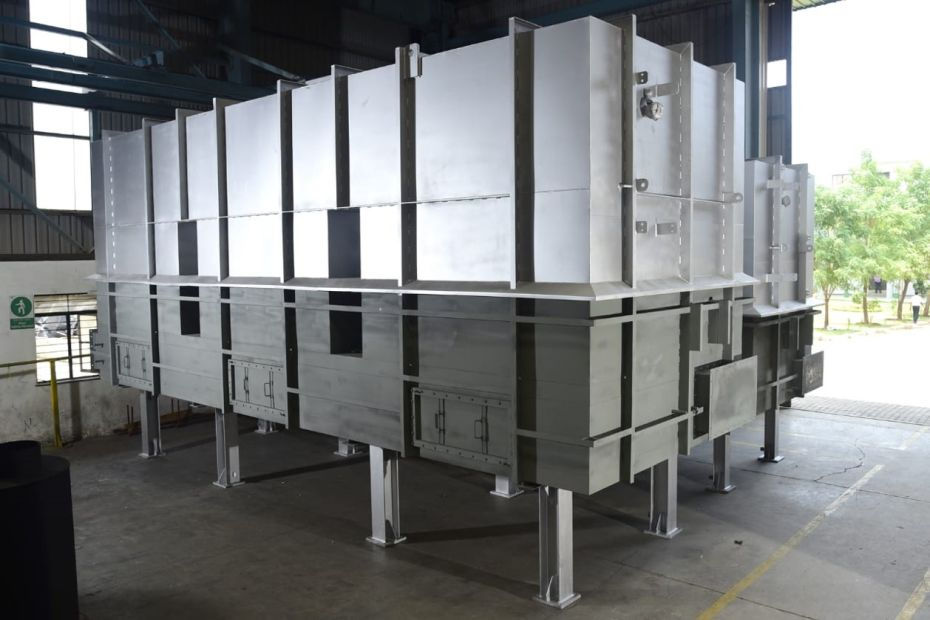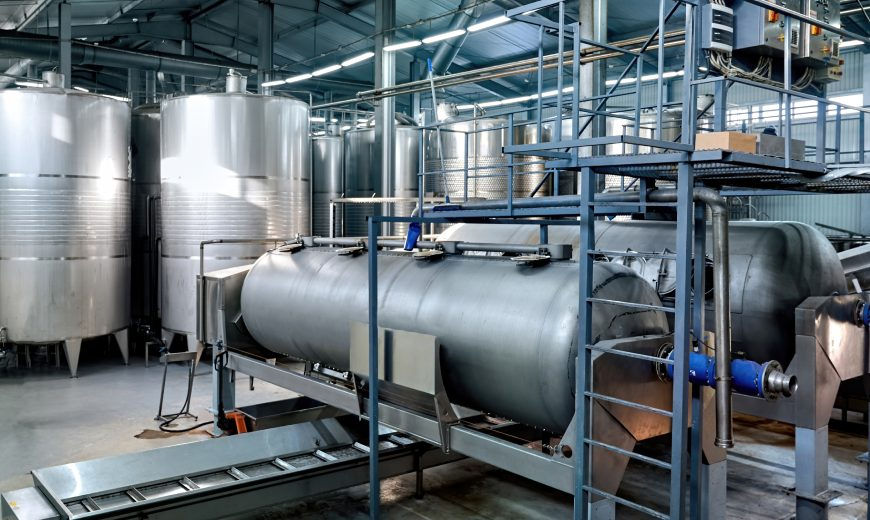Top 5 Advantages of Using Shell and Tube Heat Exchangers in HVAC Systems
- Teknoflow SEO
- Aug 12, 2024
- 3 min read

In the world of HVAC (Heating, Ventilation, and Air Conditioning) systems, efficiency, reliability, and durability are paramount. Among the various types of heat exchangers available, Shell and Tube Heat Exchangers stand out for their robust performance and versatility. In this blog, we will explore the top five advantages of using Shell and Tube Heat Exchangers in HVAC systems, highlighting why they are a preferred choice for many engineers and HVAC professionals.
Superior Heat Transfer Efficiency
One of the primary reasons Shell and Tube Heat Exchangers are widely used in HVAC systems is their excellent heat transfer efficiency. These heat exchangers are designed to maximize surface area for heat exchange between two fluids, typically a liquid and a gas. The fluid with higher temperature flows through the shell side, while the cooler fluid flows through the tubes. This configuration allows for efficient thermal energy transfer, making it ideal for both heating and cooling applications in HVAC systems.
The design flexibility of Shell and Tube Heat Exchangers allows for customization to meet specific thermal requirements. Engineers can adjust the number and diameter of tubes, the flow arrangement, and the materials used to optimize heat transfer efficiency for different HVAC applications.
Durability and Longevity
Shell and Tube Heat Exchangers are known for their robust construction, which ensures durability and longevity even under demanding conditions. They are typically made from high-quality materials such as stainless steel, copper, or nickel alloys, which can withstand high temperatures and pressures. This makes them suitable for various HVAC applications, including those involving corrosive or aggressive fluids.
The rugged design of Shell and Tube Heat Exchangers also means they can handle thermal and mechanical stresses without compromising performance. This durability translates to a longer service life and reduced maintenance requirements, making them a cost-effective solution for HVAC systems in the long run.
Versatility in Applications
The versatility of Shell and Tube Heat Exchangers is another significant advantage. They can be used in a wide range of HVAC applications, from residential heating and cooling systems to large-scale industrial processes. Some common applications include:
Heating and Cooling: Shell and Tube Heat Exchangers are used to transfer heat between hot and cold fluids, providing efficient temperature regulation in HVAC systems.
Heat Recovery: These heat exchangers can capture waste heat from exhaust gases or process fluids and use it to preheat incoming fluids, improving overall energy efficiency.
Condensation and Evaporation: In refrigeration systems, Shell and Tube Heat Exchangers can be used as condensers and evaporators to facilitate phase changes in refrigerants.
Their ability to handle different types of fluids, including liquids and gases, further enhances their versatility in HVAC applications.
High Pressure and Temperature Handling
Shell and Tube Heat Exchanger are designed to handle high pressures and temperatures, making them suitable for a variety of demanding HVAC applications. The shell and tube construction provides structural integrity that can withstand the stress of high-pressure fluids and extreme temperature variations. This capability is particularly important in industrial HVAC systems, where operating conditions can be severe.
The ability to operate under high pressure and temperature conditions also means that Shell and Tube Heat Exchangers can achieve higher thermal efficiency compared to other types of heat exchangers. This makes them an excellent choice for applications where optimal heat transfer and system performance are critical.
Easy Maintenance and Cleaning
Maintenance is a crucial aspect of ensuring the long-term performance and efficiency of HVAC systems. Shell and Tube Heat Exchangers offer the advantage of easy maintenance and cleaning, thanks to their straightforward design. The tubes can be easily accessed and cleaned, which helps prevent fouling and scaling that can reduce heat transfer efficiency over time.
Regular maintenance of Shell and Tube Heat Exchangers involves cleaning the tubes to remove any buildup of deposits or contaminants. This process can be performed using mechanical or chemical cleaning methods, depending on the nature of the fouling. The ease of maintenance not only ensures optimal performance but also extends the lifespan of the heat exchanger, providing cost savings for HVAC system operators.
Conclusion
Shell and Tube Heat Exchangers are a cornerstone of modern HVAC systems, offering numerous advantages that make them a preferred choice for engineers and HVAC professionals. Their superior heat transfer efficiency, durability, versatility, ability to handle high pressures and temperatures, and ease of maintenance contribute to their widespread use in various HVAC applications. As the demand for energy-efficient and reliable HVAC systems continues to grow, the role of Shell and Tube Heat Exchangers in delivering optimal performance and sustainability will remain significant.



Welcome to Kelvin Mech – a leading name in heating, ventilation, and air conditioning solutions across the country. With a strong presence as an established HVAC contractor in Mumbai, Delhi, and Pune, we specialize in offering customized HVAC design, installation, and maintenance services for commercial, industrial, and residential projects.